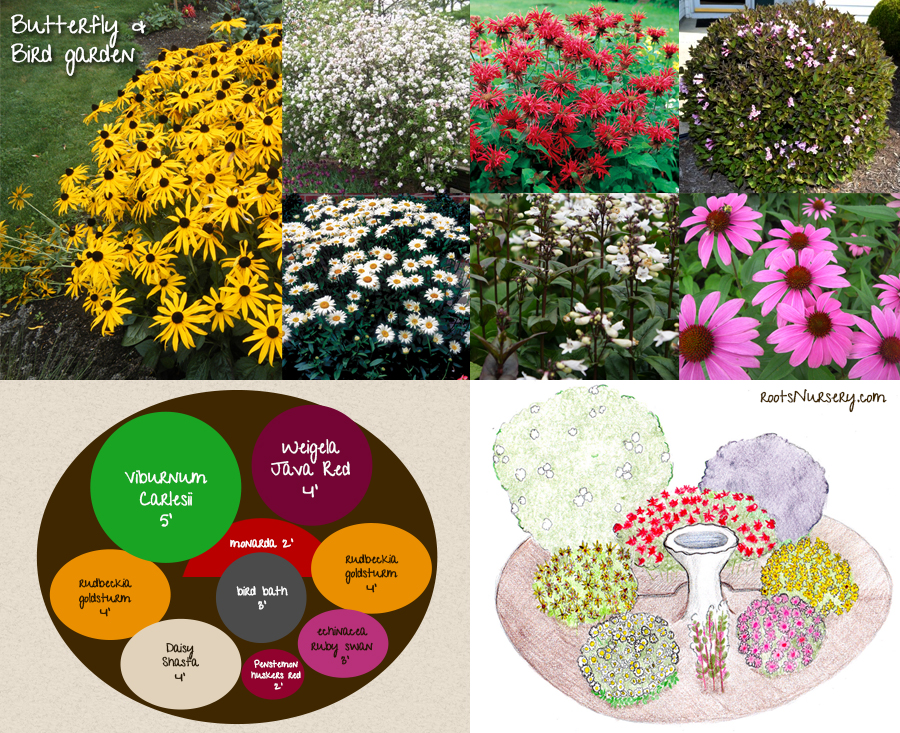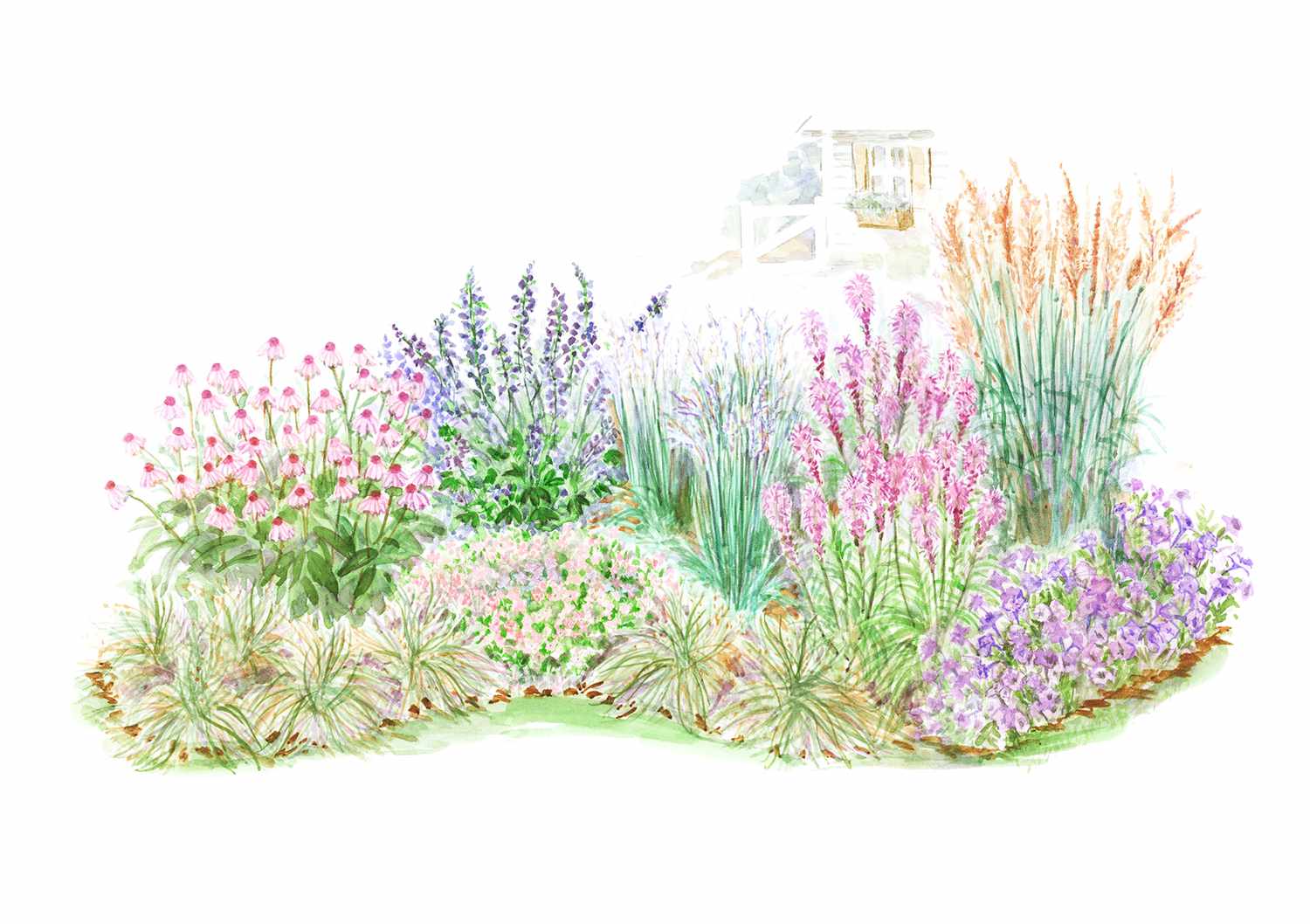

Most insidiously, many garden center plants have been grown using systemic pesticides or neonicotinoids, water soluble chemicals that kill or harm pollinators.As a result both these butterflies and the plant they rely on are critically endangered.

polyphyllus which has supplanted most native lupine throughout the region. For example larvae of Karner blue, Persius duskywing, and frosted elfin butterflies feed only on wild lupine Lupinus perennis, not the more common L. Most native pollinators require very specific plants in order to grow and thrive. Non-regional plants may support insects that supplant local pollinator populations.

In the western hemisphere, butterfly adults may feed on the purple blooms of this Asian import, but their larvae cannot eat the leaves. Butterfly bush ( Buddleia davidii) is such a plant.
#SMALL BUTTERFLY GARDEN DESIGN PLANS HOW TO#
I attended one of the society’s lectures and demonstrations to learn all about how to plant my very own native pollinator garden. With the help of New England Wild Flower Society, we are learning more about effective native pollinator gardens through the program Pollinate New England, an initiative made possible by a grant from the Institute of Museum and Library Services. For the conscientious garden, a chemical-free, native pollinator garden is the best choice. In fact, we were surprised to learn that many plants advertised as “pollinator friendly” actually do more harm than good, either because they do not support the entire life span of pollinators and threaten native species that do, or because they are grown with toxic pesticides that can remain for years. When it comes to pollinator gardens, not all are created equal. Icon - Check Mark A check mark for checkbox buttons. Icon - Twitter Twitters brand mark for use in social sharing icons. Icon - Pinterest Pinterests brand mark for use in social sharing icons. flipboard Icon - Instagram Instagrams brand mark for use in social sharing icons. Icon - Facebook Facebooks brand mark for use in social sharing icons. Icon - Email Used to indicate an emai action. Icon - Search Used to indicate a search action.

Icon - Zoom In Used to indicate a zoom in action on a map. Icon - Zoom Out Used to indicate a zoom out action on a map. Icon - Location Pin Used to showcase a location on a map. Icon - Dropdown Arrow Used to indicate a dropdown. Icon - Close Used to indicate a close action. Icon - Down Chevron Used to indicate a dropdown. Icon - Message The icon we use to represent an email action. Icon - External Link An icon we use to indicate a button link is external. Icon - Arrow Right An icon we use to indicate a leftwards action. Pollinator Gardens: 8 Easy Steps to Design a Landscape with Native Plants - Gardenista Icon - Arrow Left An icon we use to indicate a rightwards action.


 0 kommentar(er)
0 kommentar(er)
